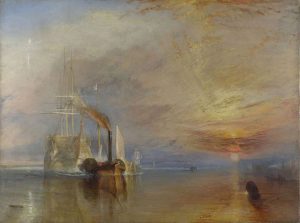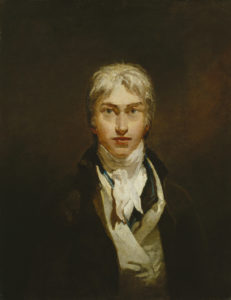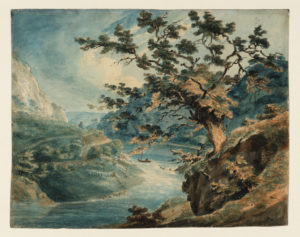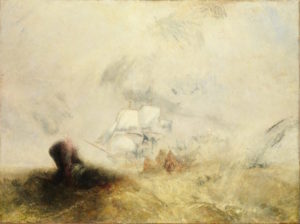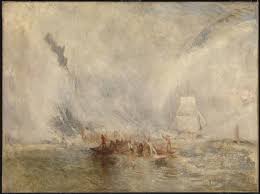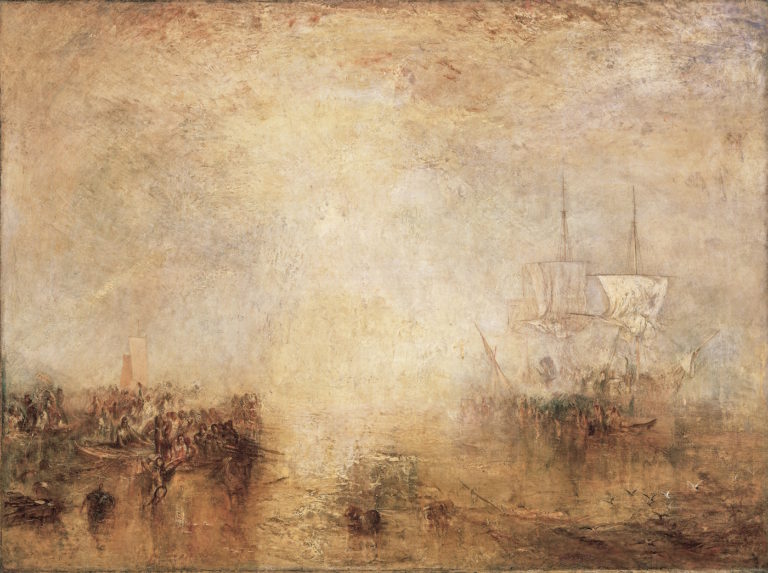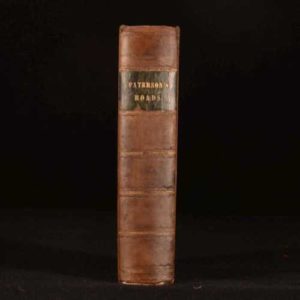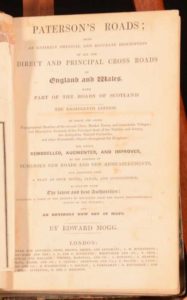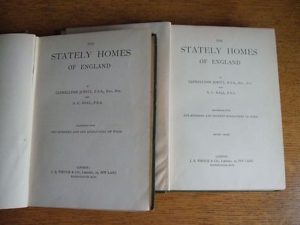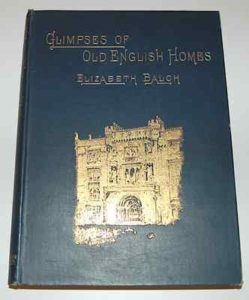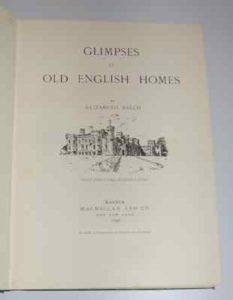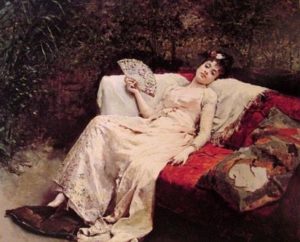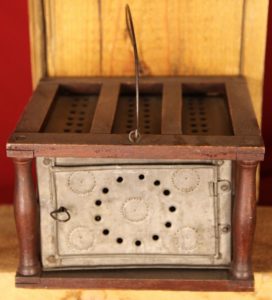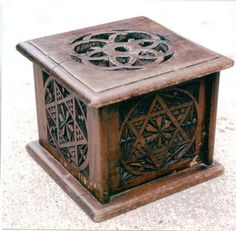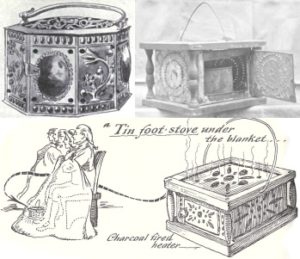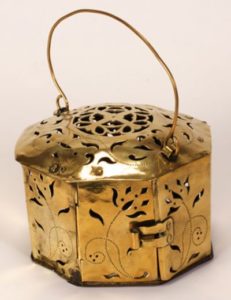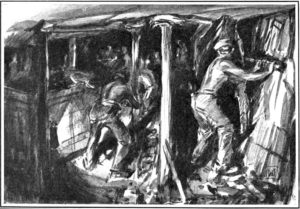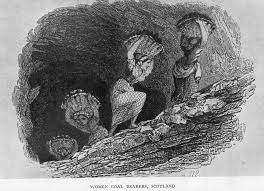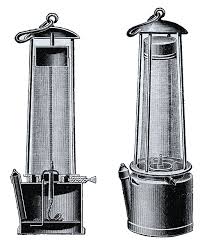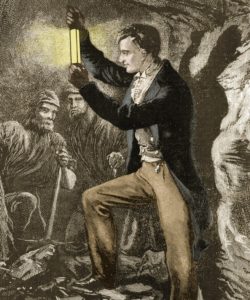CHRISTMAS REVELS VI – Four Regency Novellas
Hannah Meredith
Anna D. Allen
Louisa Cornell
Kate Parker
Come Revel with four award-winning authors for Christmas tales filled with laughter, tears, and love…
Her Ladyship Orders a Christmas Tree – A pagan custom leads to an unexpected attraction.
“The Play’s the Thing…” – Going off script prompts a surprise ending.
Yuletide Treachery – Two lonely people find a traitor—and love.
A Perfectly Unexpected Christmas – An accident brings redemption and homecoming.

Each year around this time, three of my fellow Regency romance authors and I begin the long Christmas season by putting our annual anthology of Christmas novellas up for pre order. Mixing my favorite time of year with my favorite romance genre is some of the greatest fun I have as a writer. It is the next best thing to celebrating a Regency Christmas myself.
I invite you to find your most comfortable chair, pour yourself a cup of tea, have a mince pie or two, and revel in these holiday tales of Christmas, good will and love.
EXCERPTS
Her Ladyship Orders a Christmas Tree
By Anna D. Allen
The falling snow could not stop Mrs. Treadwell from her rounds in the village… or from relaying her bit of news. Basket in hand, shawl wrapped tight about her plump figure, she hurried across the green, now ankle-deep white, past the great equestrian statue of Richard the Roundhead, and headed straight to the butcher shop.
“Her Ladyship has ordered a Christmas tree!” announced Mrs. Treadwell without preamble to the assembled customers as she entered the shop.
Everyone stopped their chatter and stared at her. After a silence lasting the space of several heartbeats, a small voice spoke up.
“A what?”
“A Christmas tree,” repeated Mrs. Treadwell. “There we were, in the kitchen, having our breakfast, when who should come walking in without so much as a by-your-leave or a knock at the door but Sam the potboy from up at the Hall with a note telling the new man he was to find a Christmas tree for Her Ladyship.”
Everyone spoke at once.
“Well, I never.”
“What’s she want to go and do a thing like that for?”
“Humph.” That was Old Mr. Phelps.
From behind the counter, Mrs. Cunningham, the butcher’s wife asked, “So Her Ladyship has returned home?”
“No, no.” Mrs. Treadwell waved aside the question as a ridiculous notion. “She’s still in Cheltenham. But the Coburgs are coming home with her and will be stopping by on their way to Brighton for Christmas with the Prince Regent.”
Murmurs of shock, surprise, and approval rippled through the clutch of customers, the Coburgs being common parlance for the heir to the British Crown, Princess Charlotte of Wales and her new husband, the German Prince Leopold of Saxe-Coburg-Something-or-Other that no one in the shop could quite remember. Nor in the nation, for that matter.
Now the butcher piped up. “Don’t you think that should’ve been the first thing you said, woman?”
“No. I don’t, Henry Cunningham,” replied Mrs. Treadwell with her fists on her ample hips. “Everyone up at the Hall will be worrying over the Coburgs, but it’ll be left up to us to find this… this Christmas tree to impress them.”
“‘Tis true,” observed Old Man Phelps, “Not like we’ll be the ones wining and dining with the toffs up at the Hall. We’ll just be expected to line up and cheer, tugging our forelocks and waving our handkerchiefs. God save the King. La dee da.”
In the midst of glares directed at Old Man Phelps—practically treasonous, that one—a small voice asked, “What’s a Christmas tree?” It came in the nick of time, as Mr. Cunningham was about to come around the counter and box Old Man Phelps’s ears and toss him out. But thankfully, answers came in rapid course.
“Pagan idolatry.”
“A papist plot. That’s what it is.”
“Surely not?” asked the quiet voice.
“I don’t like it. Not one bit.”
“The Coburgs are not papists,” Mr. Cunningham attempted to explain, with little success, “They’re proper Protestants, like the rest of us.”
“Where is Coburg anyway?”
“Does the vicar know about this?”
That question—or more precisely, the pondering of the possible answer—silenced everyone, glances passing amongst them. An instant later, the customers tumbled out into the lane, leaving behind a baffled Mr. and Mrs. Cunningham and a grateful Mrs. Morris—she of the small voice—who no longer had to wait to purchase a bit of mutton for her dinner.
The clutch of customers—now transformed more properly to a gaggle of gossips—marched their way down the slushy thoroughfare to the vicarage and presented themselves at the doorstep of the Reverend Mr. Elijah Haywood.
“The Play’s the Thing… ”
by Hannah Meredith
ACT ONE
Scene One
An opulent bedchamber at the Duke of Newley’s estate. A gentleman holds a bedpost while his valet attempts to lace up his corset.
Harris gave another mighty pull, and Captain Lord Alexander Kingston decided he had had enough. “Bloody hell, leave off. You’re not reefing the topsail before a blow. I have to be able to breathe.” The last word came out as more of a grunt as Harris gave a final mighty tug and started tying off the tapes.
“Captain, if I’m supposed to get you into any of these fancy clothes, then you’ve got to be trussed up like this.” Harris backed up to survey his work. “This is no tighter than it was earlier.”
Alexander released his hold and wondered if the elaborate carving on the bedpost had left a matching imprint on his hands. His estimation of the fair sex had risen in the last few minutes. Ladies had to endure this torture daily, proving unequivocally they were the stronger gender. “Harris, remember to call me Mr. Kingston, or this charade will be for naught.”
“Right you are, Ca… eh, Mr. Kingston.” Harris held out a shirt the size of a sail. “But I must say, all of this padding you up and then slimming you down seems a bit unnecessary.”
Alexander could not have agreed more. But then, this entire assignment was ridiculous. The Admiralty had unceremoniously jerked him off the Wheatley and plopped him here in the middle of Lancashire tasked to determine if any of the guests at the Duke of Newley’s holiday gathering were secretly supporting the American cause. He was chagrined that his superiors thought this was the best use of his abilities. That he had been personally chosen by Melville, the First Lord of the Admiralty, did nothing to assuage his irritation.
The Wheatley had been his first command of a ship of the line. Yes, she carried only eighty-four guns, but he’d been proud of every one of them and had looked forward to meeting the French with those guns blazing. Instead, he was sent back to London where he was given the honor of spying on British peers who may or may not be aiding the fractious former colonials in what was, to his thinking, a minor campaign. Alexander felt this was a waste of his experience, proving once again the dry-foot sailors at the Admiralty were asses.
Those fools in London felt he had the necessary qualifications—he would be unknown to the other guests and he would understand implications of merchant ship movements if they were discussed. These were qualifications? They would apply to half of the serving officers in the Royal Navy. His name must have been drawn from a hat.
Yuletide Treachery
by Kate Parker
Miss Frances Smith-Pressley opened the door that had been pointed out to her and slipped inside. The others were dressing for dinner; she didn’t have much time to start exploring the Wolfbrook library.
The light filtering in through the shutters showed a high, ornate ceiling over two levels of filled bookcases, the second of which rose upward from a wrought iron balcony that encircled the room. She twirled around in the center of the space, her soft slippers skimming over the thick Aubusson carpet as she drank in the smells of old leather and dry parchment.
The library was every bit as thrilling as she’d heard. It would take her the whole Christmas holiday to study even a fraction of the works assembled here.
She started to skim the stacks. Astronomy. No. Natural sciences. Not today. And then… Was it even possible? Illuminated texts written in Latin. She’d only seen them in museums under glass. Here she could touch them. Study them. Read them.
Taking out the white cotton gloves she always carried hidden in the pocket of her skirt, she slipped them on before taking one of the medieval manuscripts from its place. She carried it over to a desk and sat down to open its vellum pages.
She could almost believe lightning sprang from the book and energized her fingers, her heart, her mind. Her Latin was equal to the task, and she was soon immersed in the Gospel of St. Matthew. There before her was the Christmas story, written out by monks centuries before.
“Who gave you permission to invade the library?”
The baritone voice broke through her concentration. She looked up at an apparition. Her breath caught in her throat before she realized this was a normal man. He wore a normal man’s evening wear, displaying broad shoulders, a flat stomach, and long legs. But where his face should be, piercing blue eyes stared at her out of a brown leather mask.
She took a deep breath, closed the gospel with a dejected sigh, and rose to face the figure. “I was led to believe it was allowed.”
As the masked man strode toward her, every muscle tensed. It was all she could do not to step back or fall into the chair.
“By whom?” His voice was quieter. Menacing.
A Perfectly Unexpected Christmas
by Louisa Cornell
“Lady Portia?” His voice, though nearly devoid of sound, startled her. His eyes fluttered open, as much as they could, that is. One was well on its way to sporting a black eye any pugilist in Britain might envy.
“I am here.” Well that was an obvious thing to say. “The doctor should be here any moment.” She gave his bare shoulder an awkward pat.
“Don’t need a doctor,” he mumbled even as his eyes fell closed once more. “A bit under the hatches is all. Be right… as rain… in the morning. Tell Pearce not to forget… the ring.” His head lolled to one side.
“What ring?” She gave him a shake. “What ring, my lord?”
“Wedding ring. Tying the parson’s knot… in the morning. Didn’t… forget.”
“Well, that is hardly a good sign.”
Portia looked over her shoulder to find Dr. Pratt directly behind her, a somber expression on his normally affable countenance. She stood and allowed the physician to take her place.
“Correct me if I am wrong, my lady, but your nuptials were nearly a year ago,” Dr. Pratt said calmly, even as he examined St John, and furrowed his brow more deeply with each passing moment.
Links:
Amazon
https://www.amazon.com/dp/B07Y2DQCG3/ref=cm_sw_r_fa_dp_U_M2QGDb67KWA59?fbclid=IwAR3eF0MIl21XjyCojQVrIILcU3gsy3gfSGkoEHc5rzVHH0SsnMyH0c4UgmY
Kobo
https://www.kobo.com/us/en/ebook/christmas-revels-vi
Apple
https://books.apple.com/us/book/christmas-revels-vi/id1480859471
Barnes and Noble
https://www.barnesandnoble.com/w/books/1133695857
